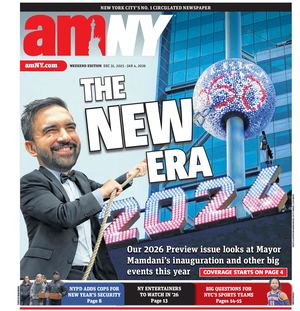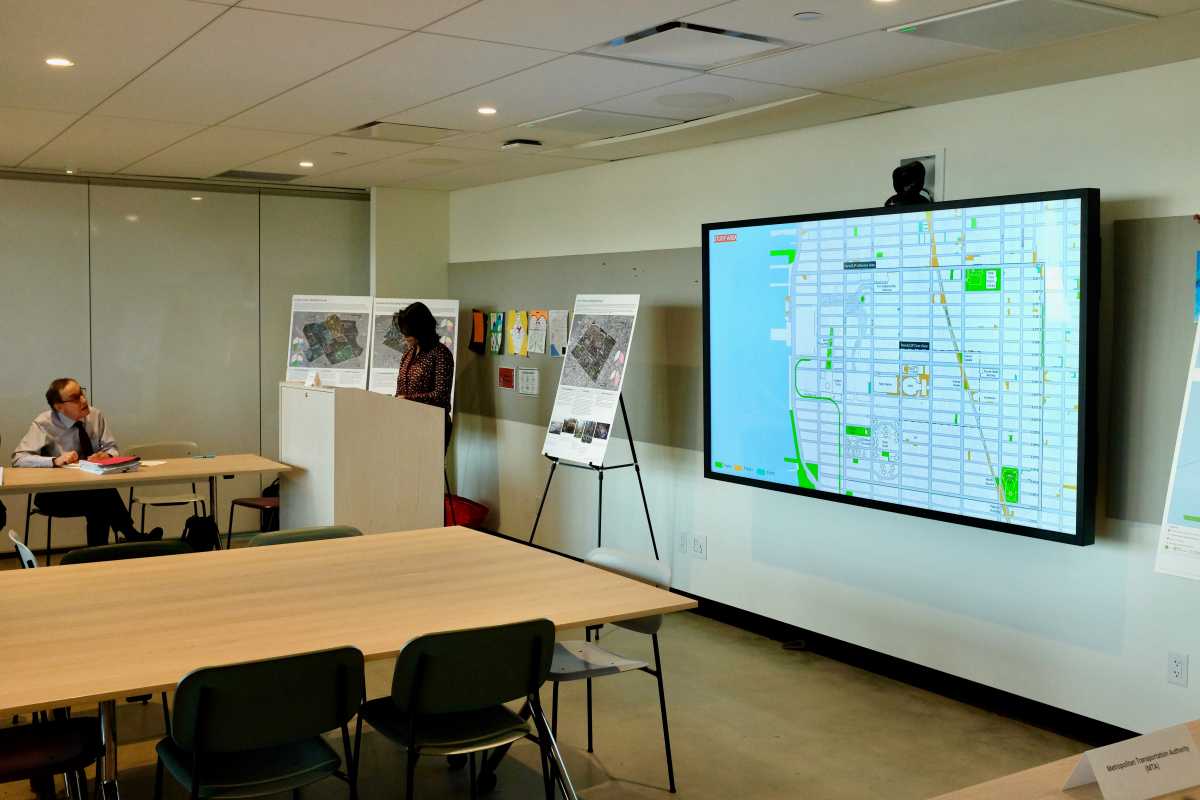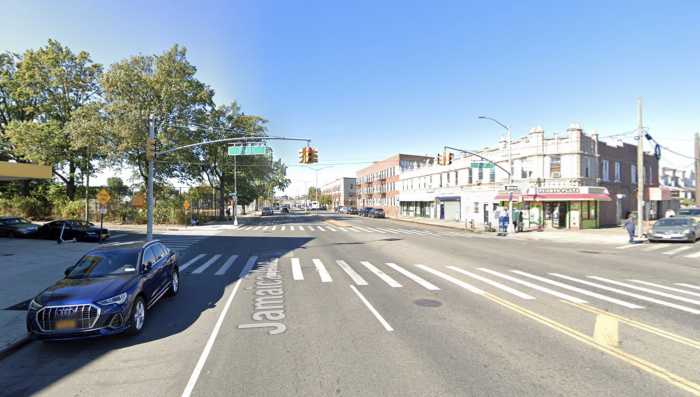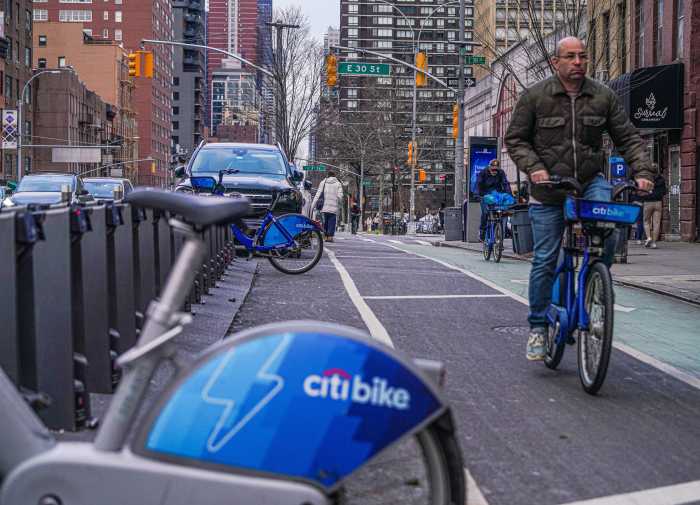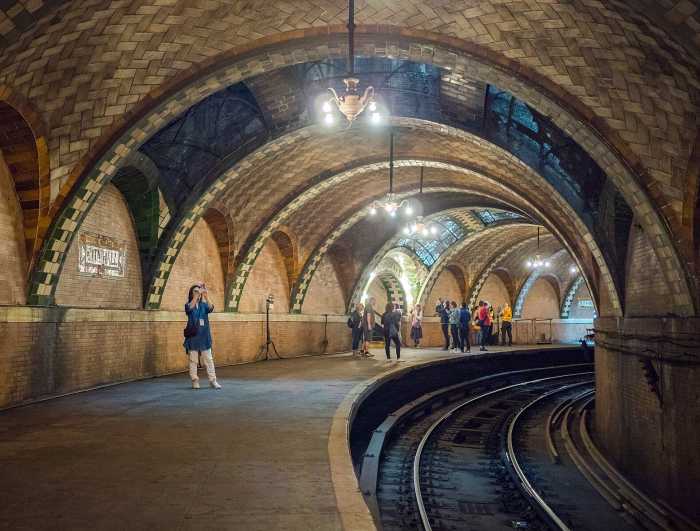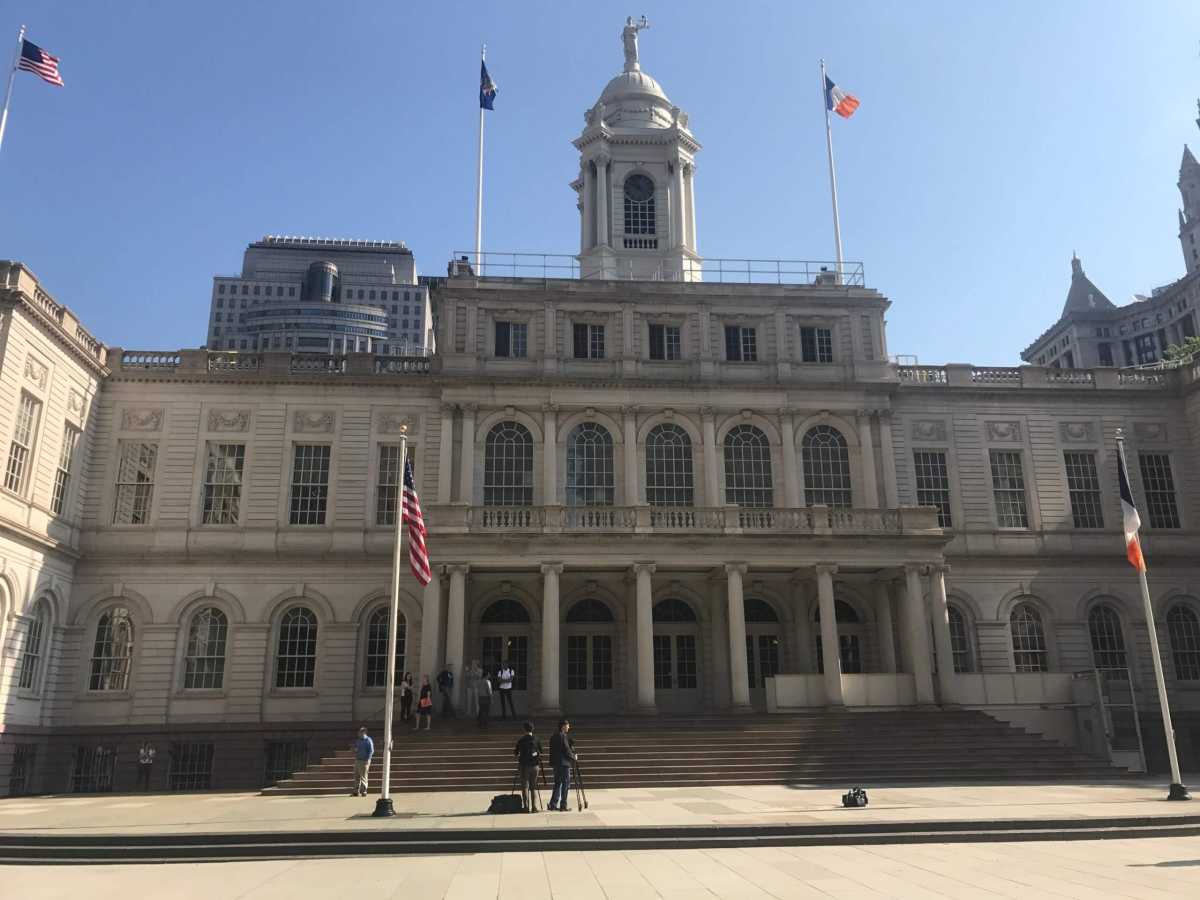A Penn Station task force helmed by Manhattan’s Community Board 5 outlined its long-term goal of increasing housing in the station’s surrounding area and making it more of a neighborhood in coordination with the state’s transit redevelopment plan.
The Community Led Improvement Plan (CLIP) task force held its first committee meeting on March 8 that brought together a range of city and state transit and city planning agencies to discuss the community group’s goals of creating more of a mixed-use neighborhood around the transit hub.
“The Penn CLIP process offers us a new path to generate a range of housing options with a focus on affordability that will accommodate our district’s fair share of the population growth,” said David Sigman, a community board member.
But major questions remain about the Penn Station redevelopment process. The federal government is currently conducting an NEPA review of multiple operating models for the tracks underneath the station that an Amtrak representative said would last another two years. The task force sees the interim time period as an opportunity to develop a concrete set of suggestions for when the plan is ready to move forward.
What is clear is that the community board hopes to get the state to reconsider the neighborhood plan it proposed for the transit hub district. In January, CB5 passed a resolution opposing the land use proposal that the state has advanced, arguing that the plan needs to do more to prioritize more housing.
For help, CLIP brought on an urban designer consultant named Shachi Pandey, whose specialty lies in eliciting planning ideas from neighbors and daily commuters and translating them into policy suggestions.
In Pandey’s presentation, she likened an ideal mixed-use zoning makeup for the future of the Penn Station area to that of Downtown Brooklyn, which has “several distinctly identifiable neighborhoods” that provide amenities of the people who live there.
The task force broke down its goals into considering how to build a neighborhood that has more uses than a normal business district, includes public space projects throughout the district and preserves historic affordable housing to the greatest extent possible.
Pandey added that over the last 20 years, the area’s “rent increase has almost doubled and it hasn’t kept up with affordability.”
When Elizabeth Goldstein, the president of the Municipal Arts Society, asked if the task force was hoping for a plan that would create about 25% mix of residential buildings, as is the case in Downtown Brooklyn, CB5 chair Layla Law-Gisiko said the goal was not to be prescriptive.
“The idea is to really explore how stronger, more robust housing components can be incorporated. And also what do we mean when we say housing?” she said.
Sam Turvey, the co-coordinator of the Empire Station Coalition that is opposed to Gov. Kathy Hochul’s Penn Station plans, urged railroads to share any analysis that the railroads have on whether through-running tracks are possible, so that the task force can get a better sense of what kind of operations are possible and base its plan on that.
Petra Messick, an Amtrak program manager, said that the railroad won’t be able to start launching any plans until after the federal review concludes but “we agree we can engage prior to NEDA and we can start figuring stuff out,” she said.
